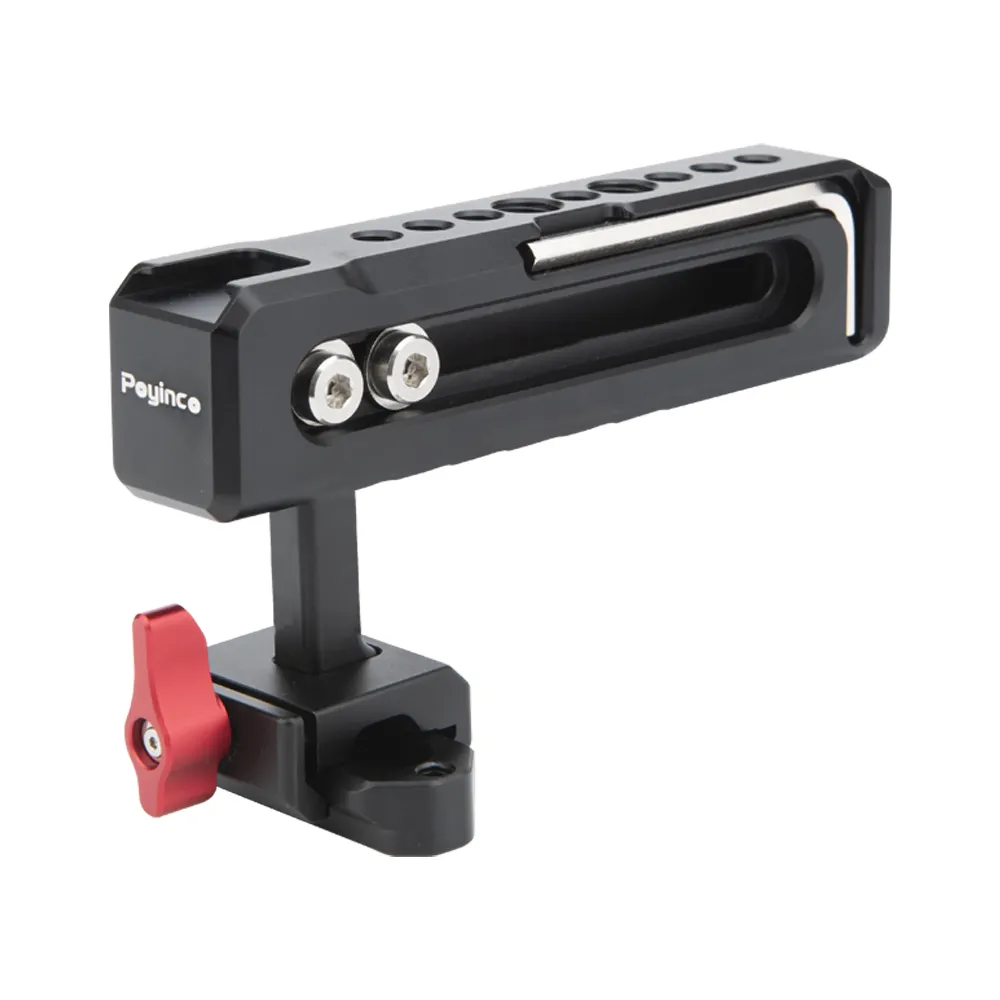

Time:2025-02-21 Views:1

Torsional resistance is an important property for quick - release plates, especially in applications where they may be subjected to twisting forces. When a quick - release plate experiences torsion, shear stresses are generated within the material. If the plate cannot withstand these shear stresses, it may deform, crack, or even break.
The torsional resistance of a quick - release plate depends on several factors, including its material properties, cross - sectional shape, and thickness. Materials with high shear strength are more suitable for applications with high torsional loads. For instance, high - strength steel alloys with excellent shear - resistant properties are often used in the manufacturing of quick - release plates that need to endure significant twisting forces.
The cross - sectional shape of the plate also plays a crucial role. Circular cross - sections generally have better torsional resistance compared to rectangular or irregular shapes. This is because the shear stress distribution in a circular cross - section is more uniform under torsion. However, in some cases, the design requirements may dictate the use of non - circular cross - sections. In such situations, the plate's thickness and material selection need to be carefully optimized to ensure sufficient torsional resistance. Increasing the thickness of the plate can also enhance its torsional resistance, as it provides more material to withstand the shear stresses.
In addition, the manufacturing process can affect the torsional resistance. For example, plates made through precision forging or machining processes may have a more uniform microstructure and better mechanical properties, resulting in improved torsional resistance compared to plates made through less precise methods.
Read recommendations:
motorcycle camera mount kit wholesale